One thing I came to notice whilst looking at websites associated with cameras is how much rubbish there is all over them, overpowered with ads and muddled up junk everywhere. They aren't easy to navigate through and there are too many contrasting colours with a bulky interface.
One thing I would like to keep in consideration when designing my website is to make sure it evades all of these negative features and remains easy to navigate, and a hell of a lot cleaner.
In some ways I can see elements of grids with them but even these processes have been cancelled out with contrasting colours and too many things going on at once.
Website Mindmap.
What is your subject matter?
One thing I would like to keep in consideration when designing my website is to make sure it evades all of these negative features and remains easy to navigate, and a hell of a lot cleaner.
In some ways I can see elements of grids with them but even these processes have been cancelled out with contrasting colours and too many things going on at once.
Website Mindmap.
What is your subject matter?
Cameras
What are you trying to communicate?
Information about the technology and history of cameras.
Who will be/could be your audience or 'end-user'?
Photographers, students, teachers.
What will be the most appropriate/effective form of content?
Text, diagrams, images.
What is the function and purpose?
To inform, educate, explain.
What sector/industry you would be designing for (for example)?
Technology/Photography.
Then articulate your ideas into workable informal brief. Tell us what you aim to design, why, when for and how.
The brief will be there to contexualise your intended motivation/response/focus.
-
-
Brief:
Design and build a website aimed at photography
students which works as a library of information about different kinds of
cameras as well as how they work and the history of it. This information can be either brief, advanced or both. Include
images, diagrams and body copy in the relevant pages within the site.
Use research to contextualize your response in
regards to information and design. Use negative elements of similar websites to
your advantage to strengthen your body of work.
What makes a website successful?
How is a website easy to navigate?
How can grids be used to strengthen the layout of
your website?
These are questions that you will aim to answer
yourself within the context of this brief.
Considerations:
What would students want to get out of the
website?
What information would be relevant and/or
interesting to the target audience?
What makes this website better over similar ones
out there?
-
For next week's session:
Research in the following ways before designing:
Qualitative Research - Conducted to establish the audience's beliefs, feelings, motivations and triggers.
Quantitative Research - Provides valid data. It's about numbers and statistics, insights are difficult at times as quantitative research requires analysis to identify trends.
Primary Research - new information, not old.
Secondary Research - information from websites, books, stuff.
Canon History.
Nikon History.
How It Works.
How Stuff Works.
Illustrated Timeline Of Cameras.
History Of The Camera.
Canon History.
1933-1936:
Japan's first 35mm focal-plane shutter rangefinder
camera was introduced into the market during this period. This all started in a
small streetside shop in Tokyo, the "Precision Optical Instruments
Laboratory," to produce the prototype camera called "Kwanon,"
which later evolved into the "Hansa Canon." This is the origin of
Canon's camera making which always involves many trial and error processes.
Small but steady steps for Canon cameras were initiated here.
1937-1945:
The Precision Optical Instruments Laboratory that
established its reputation for developing the "Hansa Canon" was
transformed into the Precision Optical Industry, Co., Ltd. to start the
full-scale production and sales of cameras. The company specialized in
manufacturing high-quality 35mm cameras, and developed the unique
"Serenar" lens with the motto that it would produce world class
cameras. From the rubble in the war-torn plants, the company resumed the
production of cameras by overcoming the difficulties in procuring basic
materials.
1946-1954:
The company changed its name to Canon Camera Co., Inc.
in line with the "Canon" brand used for its cameras, while the head
office plant was moved to Shimomaruko, Ota ward, Tokyo. Although this was the
time when 35mm cameras coupled with rangefinder were the most popular, an advanced
German camera Leica "M3", which was far superior to any other camera.
While most of the domestic camera manufactures were retreating from making
rangefinder cameras, Canon continued to introduce masterpieces of rangefinder
cameras equipped with uniquely developed systems.
1955-1979:
The top-class 35mm camera market gradually shifted
from rangefinder cameras to single lens reflex (SLR) cameras. Canon launched
its first SLR camera, "Canon Flex." The lenses for SLR cameras
advanced from the "R" series to the "FL" series. At the
same time, the company also developed lens-shutter cameras and 8mm cinecameras
in line with the policy to be a comprehensive camera manufacturer offering
various types of products.
1970-1975:
The company unveiled the long awaited professional
camera, Canon F-1. Many types of accessories which enabled seamless and instant
compatibility with the top-of-the-line 35mm camera were also prepared to
realize systematic photography. The camera system was widely accepted and
dominated the market. New FD series lenses were also introduced one after
another during this period, ushering in a new era for SLR cameras. A great
progress was also made in the 8mm cinecameras.
1976-1986:
Canon AE-1, the world's first camera with an embedded
microcomputer, accelerated the incorporation of automatic and electronic
technologies with the 35mm SLR camera. The flagship camera "F-1" was
reborn as the microcomputer-controlled "New F-1." The Autoboy series,
the world's first lens-shutter 35mm autofocus (AF) cameras were also marketed,
symbolizing the shift of lens-shutter camera into that with AF function. The
sign of the new era in the camera world was visible already by the
developmental activities in movie video cameras and still video (SV) cameras.
1987-1991:
At last, the focal-plane shutter type 35mm SLR cameras
entered the age of the AF cameras. Canon launched "EOS650" which was
developed under the new concept. Adopted in this AF camera was the EF lens that
was exclusively designed for totally computerized mounting system. At the same
time, the company announced the movie video camera based on the VL mounting
system.
1992-1996:
Employed in the AF cameras were the innovative
features of eye-controlled autofocus and the miniaturized zoom lens. The
technological revolution in camera design proceeded with development of the new
photographic system called APS or "Advanced Photo System," and
improvements in move video cameras. Canon continued to develop new technologies
that meet the needs of users and provide highly functional and highly reliable
cameras.
1997-2000:
There is no end to the advances in the EOS series,
synonymous with the 35mm AF single lens reflex camera. Dramatic improvements
are expected in the APS cameras due to the successive release of new zoom
lenses. Coincident with the diffusion of computers, new products for digital
still camera and digital movie camera have begun to be put on the market at an
unprecedented speed. The areas of the image information processing equipment
are ready to enter a totally new era.
2001-2004:
As the digital revolution continues to sweep across
the landscape for electronic devices, makers of cameras and camcorder are
embattled in a fierce drive to develop product that are increasingly lighter
weight, easier-to-use and offer greater levels of picture quality. The race to
innovate is heating up in all aspects of digital imaging, including the
optical, control and processing realms. Consumers meanwhile are demanding that
digital imaging products be not only easier to use but that processing and
sharing of images be simplified, a trend that tests both the range and depth of
manufacturer competence.
2005-2010:
As the versatile digital camera has continued to
evolve, it has come to replace the conventional film camera. Today, the trend
is clearly focused on the adoption of high-definition (HD) video capability.
Since
2005, the digital camera has progressed in ways unimagined during the 200-year
history of the film camera. Canon, with its unmistakable advantage in CMOS
image sensor technology, has continued to lead the industry throughout this era
of unprecedented innovation.
Nikon History.
How It Works.
The dawn of the digital format has revolutionised the imaging industry and in turn the way we work our cameras. Furthermore the internal DNA of the camera body has been entirely restructured to make way for the new electrical system; or has it?
In fact film and digital cameras operate in a similar manner. Varying the size of the lens’s diaphragm (aperture) in tandem with the amount of time the shutter is open, focusing light on to the image detection material, the only difference being that this is now received in an electrical rather than chemical form.
A DSLR (digital single-lens refl ex) camera employs a mechanical mirror system that directs the light travelling through the attached lens upwards at a 90 degree angle allowing the photographer to compose the shot through the viewfinder. As the shutter button is pressed the exposure takes place: the mirror swings out of the way and the shutter opens allowing the lens to project the light on to the image sensor. In low light scenarios the shutter will need to stay open for a longer period of time for the image to be recorded, this is why photographers support their cameras with tripods as the smallest degree of camera shake will disturb the quality.
The sensor is formed of millions of pixels laid out in thousands of rows and columns: the more pixels or dots of light, the higher the megapixel count and in theory the higher the resolution. The light travels through a colour filter above the individual sensors and is converted from light waves into an analogue signal which is then processed through a digital convertor. Next the conversion is fine tuned through a series of filters that adjust aspects such as white balance and colour. The resulting image can be made into a JPEG by compressing the file size and discarding unnecessary pixels. The final image is shown on the LCD.
How Stuff Works.
The basic technology that makes all of this possible is fairly simple. A still film camera is made of three basic elements: an optical element (the lens), a chemical element (the film) and a mechanical element (the camera body itself). As we'll see, the only trick to photography is calibrating and combining these elements in such a way that they record a crisp, recognizable image.
There are many different ways of bringing everything together. In this article, we'll look at a manual single-lens-reflex (SLR) camera. This is a camera where the photographer sees exactly the same image that is exposed to the film and can adjust everything by turning dials and clicking buttons. Since it doesn't need any electricity to take a picture, a manual SLR camera provides an excellent illustration of the fundamental processes of photography.
The optical component of the camera is the lens. At its simplest, a lens is just a curved piece of glass or plastic. Its job is to take the beams of light bouncing off of an object and redirect them so they come together to form a real image -- an image that looks just like the scene in front of the lens.
But how can a piece of glass do this? The process is actually very simple. As light travels from one medium to another, it changes speed. Light travels more quickly through air than it does through glass, so a lens slows it down.
When light waves enter a piece of glass at an angle, one part of the wave will reach the glass before another and so will start slowing down first. This is something like pushing a shopping cart from pavement to grass, at an angle. The right wheel hits the grass first and so slows down while the left wheel is still on the pavement. Because the left wheel is briefly moving more quickly than the right wheel, the shopping cart turns to the right as it moves onto the grass.
The effect on light is the same -- as it enters the glass at an angle, it bends in one direction. It bends again when it exits the glass because parts of the light wave enter the air and speed up before other parts of the wave. In a standard converging, or convexlens, one or both sides of the glass curves out. This means rays of light passing through will bend toward the center of the lens on entry. In a double convex lens, such as a magnifying glass, the light will bend when it exits as well as when it enters.
This effectively reverses the path of light from an object. A light source -- say a candle -- emits light in all directions. The rays of light all start at the same point -- the candle's flame -- and then are constantly diverging. A converging lens takes those rays and redirects them so they are all converging back to one point. At the point where the rays converge, you get a real image of the candle. In the next couple of sections, we'll look at some of the variables that determine how this real image is formed.
Illustrated Timeline Of Cameras.
Photographic cameras’ roots go deep. Everything started with the camera obscura, and continued with Daguerreotypes, 35mm cameras, digital cameras and camera phones.
Now we offer you to learn more about the photo cameras ‘way’ through ages and generations of photographers.
1500
The first pinhole camera (also called the Camera Obscura) was invented by Alhazen (Ibn Al-Haytham).
1839
The Daguerreotype Camera was announced by the French Academy of Sciences. One of these inventions is now the world’s most expensive cameras.
1840
The first American patent issued in photography to Alexander Wolcott for his camera.
1859
The panoramic camera patented by Thomas Sutton.
1861
Oliver Wendell Holmes invents stereoscope viewer.
1888
George Eastman patents Kodak roll-film camera. Eastman was a pioneer in photographic films usage. He also started manufacturing paper films in 1885. His first �Kodak� box camera was very simple and very cheap.
1900
First mass-marketed camera – the Brownie � was presented by Eastman. It was on sale until 1960s.
1900
The Raisecamera (travel camera) was invented. Extreme light weight and small dimensions when it is folded made this photo camera the most desirable thing for landscape photographers.
1913/1914
The first 35mm still camera (also called �candid� camera ) developed by Oskar Barnack of German Leica Camera. Later it became the standard for all film cameras.
1948
Edwin Land invented the Polaroid camera which could take a picture and print it in about one minute.
1960
EG&G develops extreme depth underwater camera for U.S. Navy.
1978
Konica introduces the first point-and-shoot, autofocus camera Konica C35 AF. It was named “Jasupin”.
1981
Sony demonstrates the Sony Mavica – the world’s first digital electronic still camera. Digital photography and television images are related to the same technology, so this camera recorded images into a mini disk and then put them into a video reader. Images could be displayed to a television monitor or color printer.
1986
Fuji introduced the disposable camera. The inventors also call this device “single-use cameras”.
1991
Kodak released the first professional digital camera system (DCS) which was of a great use for photojournalists. It was a modified Nikon F-3 camera with a 1.3 megapixel sensor.
1994-1996
The first digital cameras for the consumer-level market that worked with a home computer via a serial cable were the Apple QuickTake 100 camera (February 17 , 1994), the Kodak DC40 camera (March 28, 1995), the Casio QV-11 (with LCD monitor, late 1995), and Sony’s Cyber-Shot Digital Still Camera (1996).
2000
In Japane Sharp’s J-SH04 introduced the world’s first camera phone.
2005
The Canon EOS 5D is launched. This is first consumer-priced full-frame digital SLR with a 24x36mm CMOS sensor.
History Of The Camera.
Print off five of what you consider to be the best designs and bring into the next session as well as mentioning why you think it is a good design.








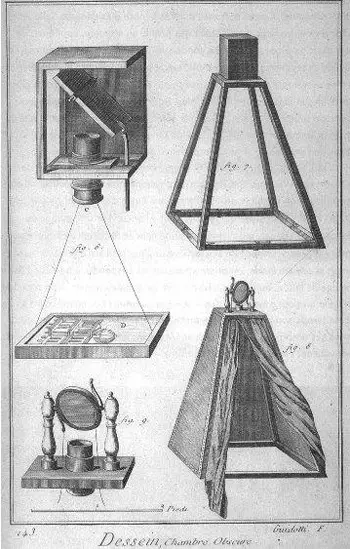
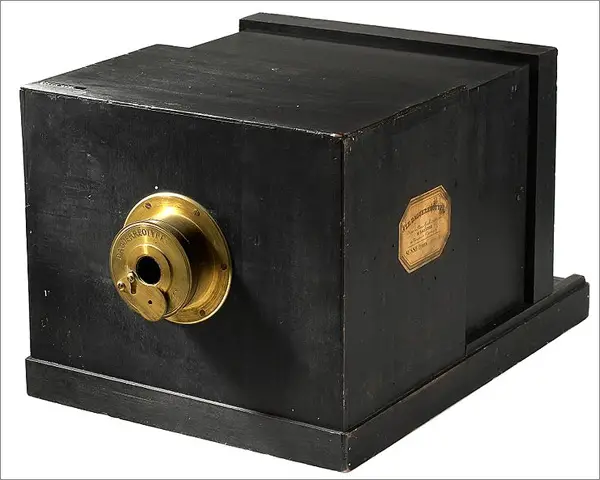
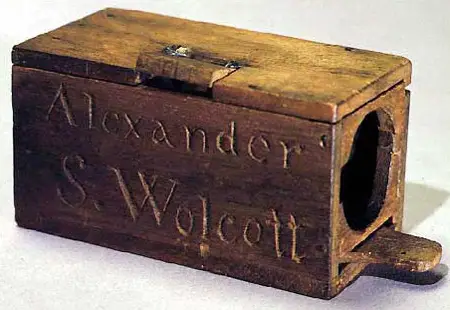
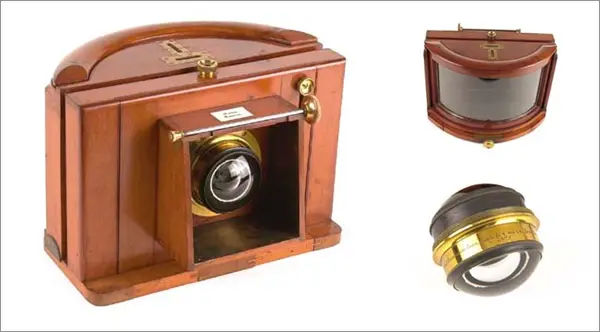
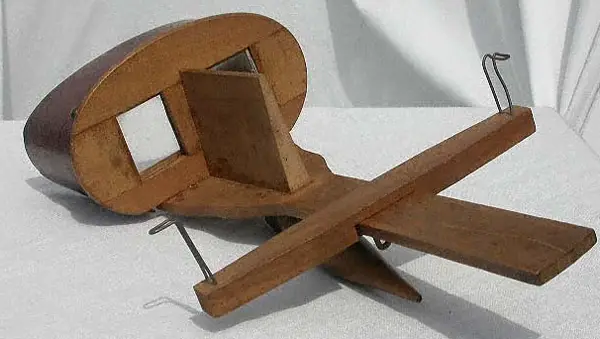
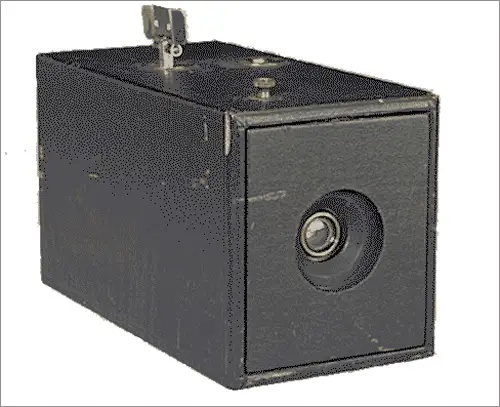
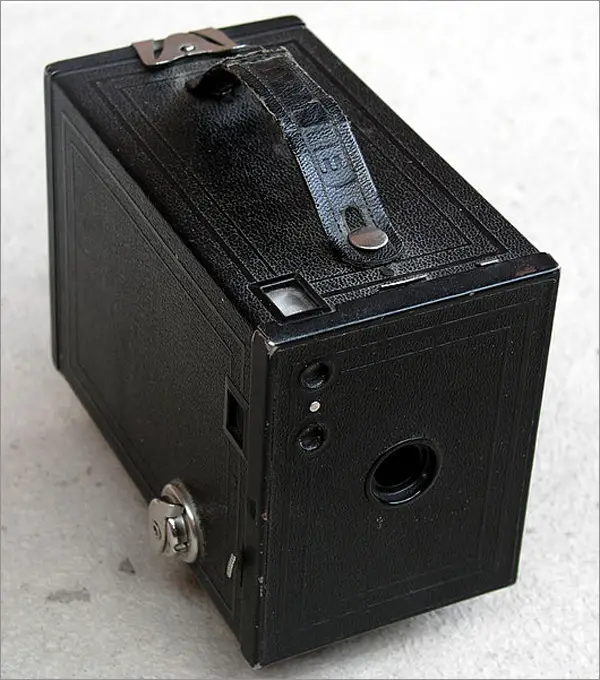
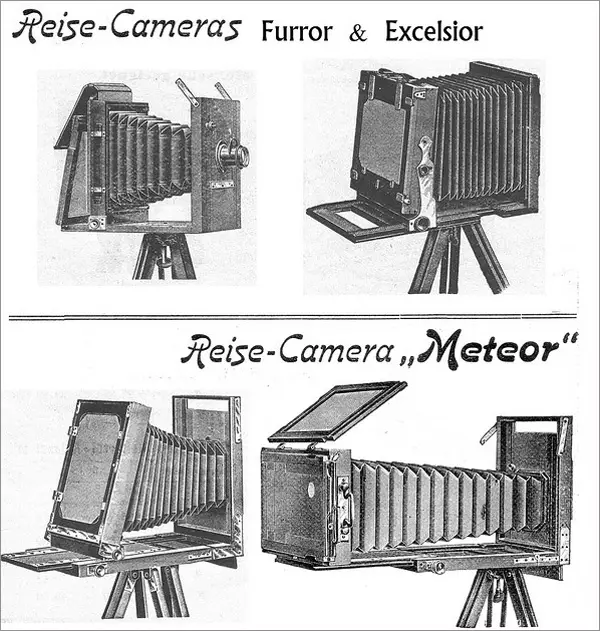
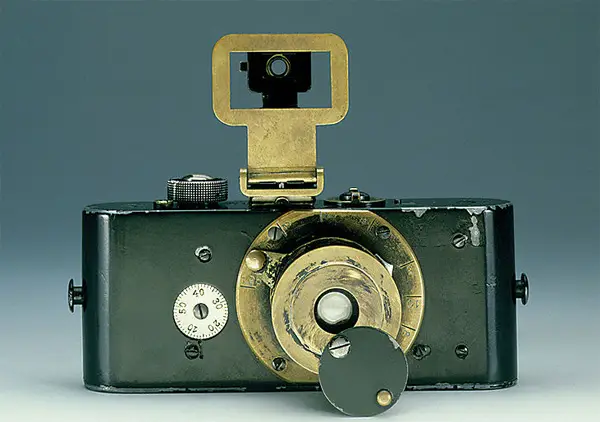
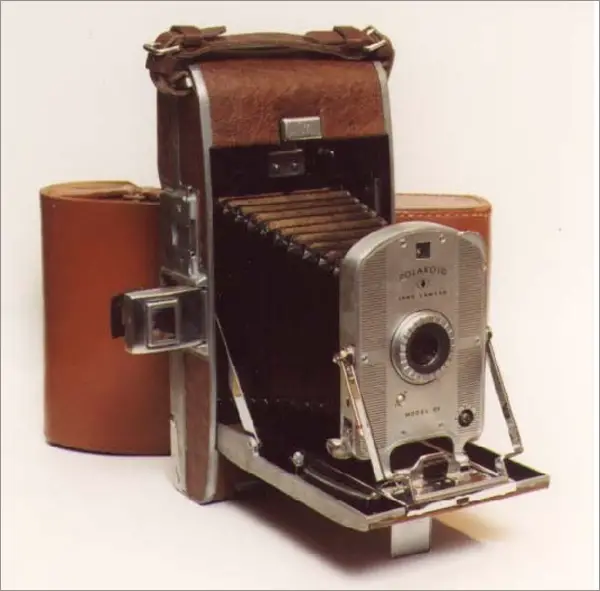
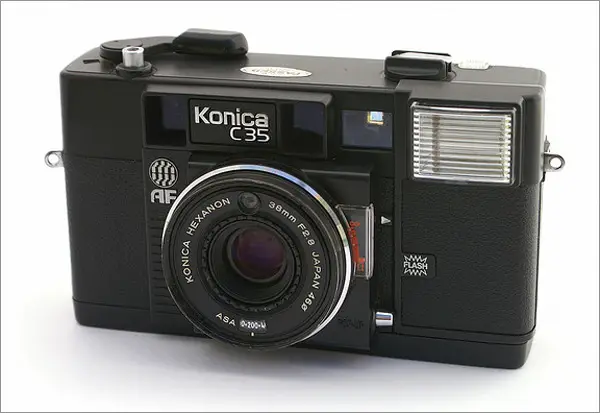
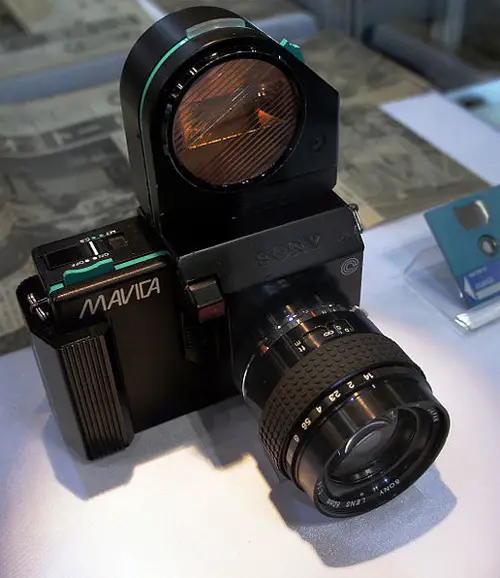
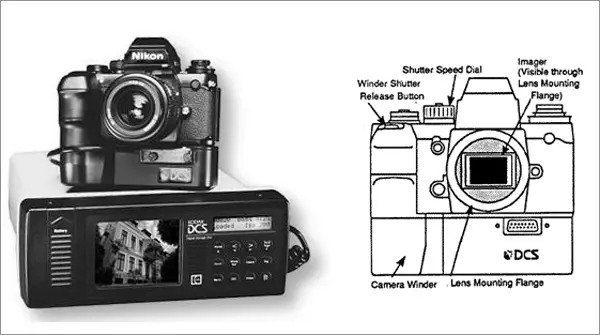
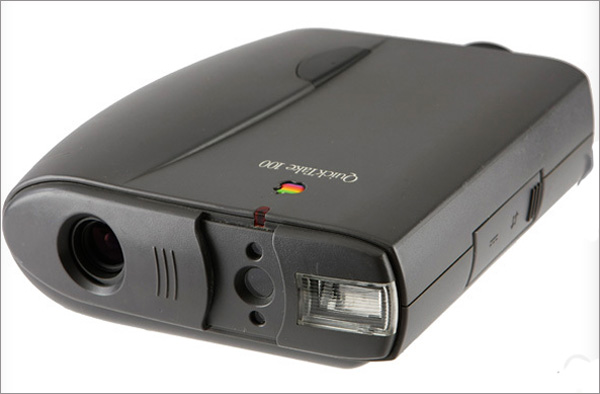

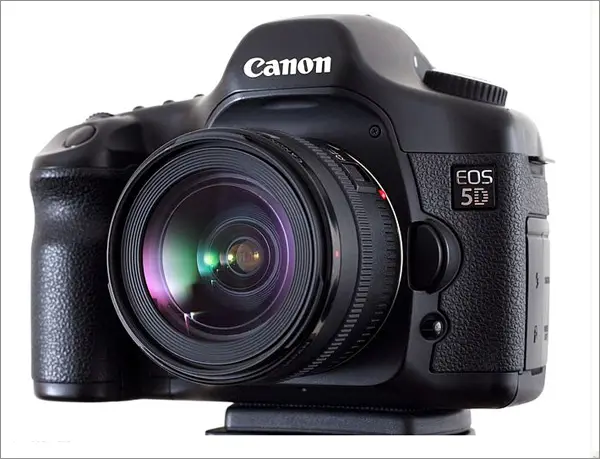






Leave your comment